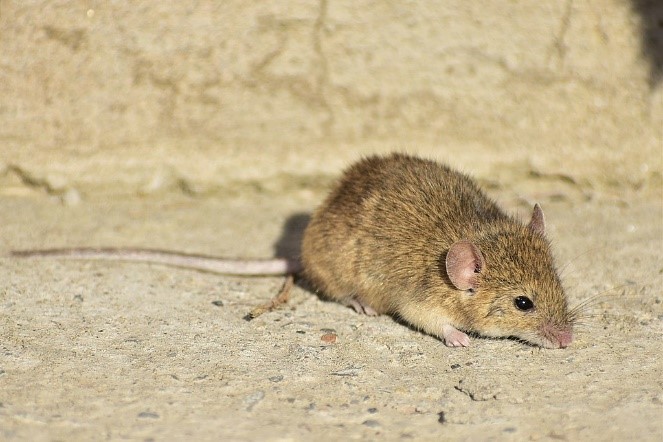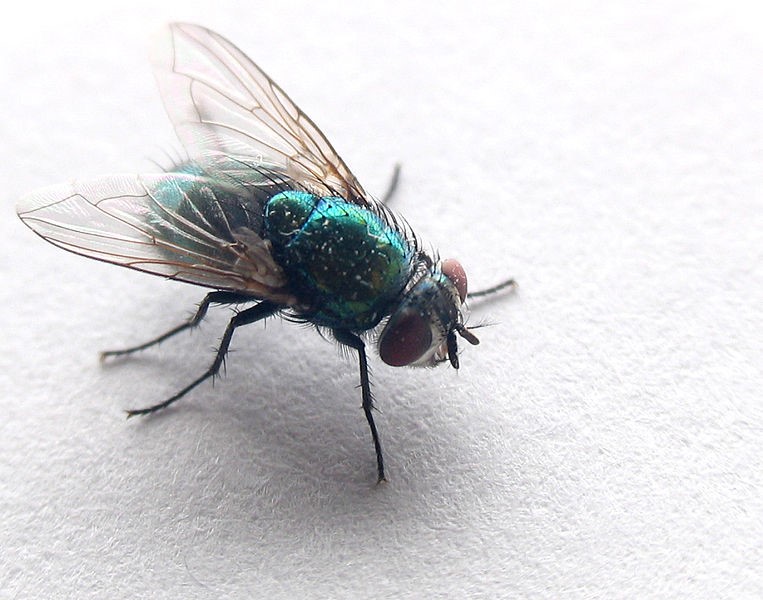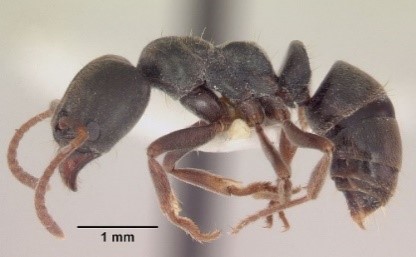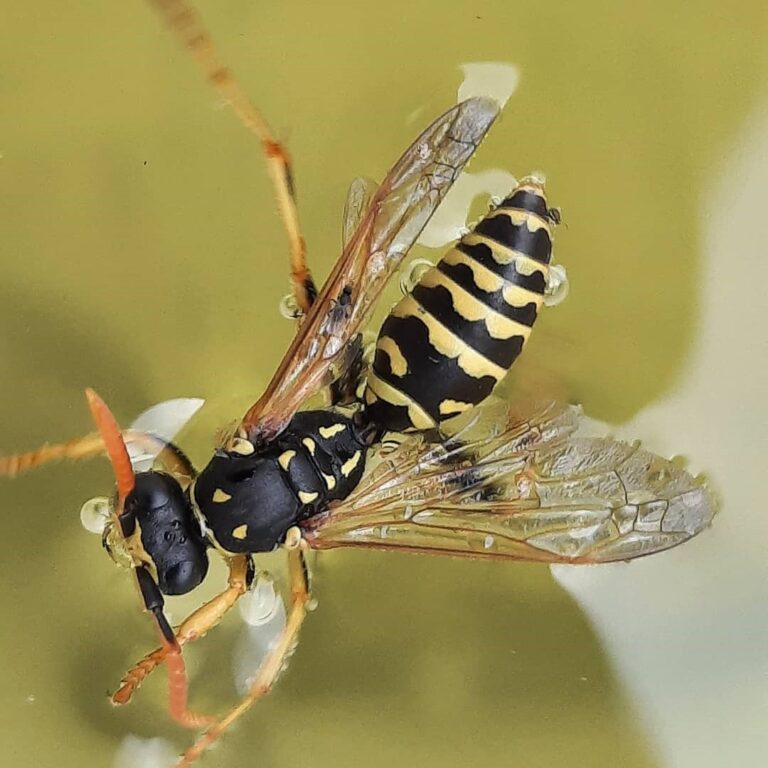Food Service Industry

Food service facilities are particularly vulnerable to pest infestation. Pest control in these facilities is a challenging job, this is because of the many concerns of customers and facility managers. Food safety and the cost of d and spread disease effective pest control programs are considered priorities in this industry. Pests in these facilities pose the greatest threat to customers and employees. Pests contaminate food and spread diseases such as allergies, asthma, salmonellosis, and other serious diseases. In addition, the use of strong-odor chemical pesticides in these facilities can cause irritation to customers.
Managers of food service facilities always prefer cheap and fast pest control in order to avoid health inspectors. ETS can provide low-cost comprehensive pest control plans that satisfy the facility manager. In addition, ETS has staff members who are food-safety certified in the food service industry and present at any given time.
Food service facilities are at risk for many pests because (1) resources for pest survival are present in these facilities (food, water, and heat), (3) product-receiving areas are the main entry point for pests, and (4) exterior lighting and landscaping can attract pests.
Failure to control pests by pest control operators in food service facilities can lead to serious consequences and concerns. Legal consequences because failure to control pests leads to fines, closure of the premises, fines, and prosecutions. Also, the discovery of a single pest in the hospitality facilities can prevent customers from entering or re-entering these facilities (reputation or poor publicity concern). Therefore, cleanliness is imperative for customer acquisition and retention, so lodging and hospitality customers are highly motivated to control pests.
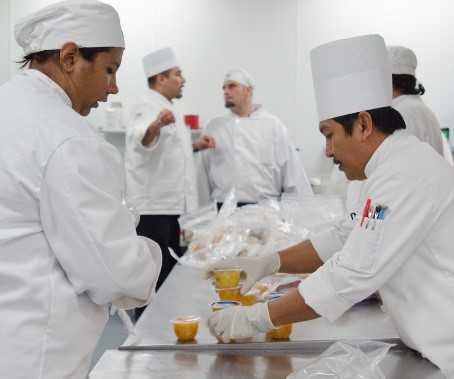
Pests Attracted to Food Service Facilities:
Click on each pest to learn about its general description, life cycle, common characteristics, damages, and economic or medical implications.

